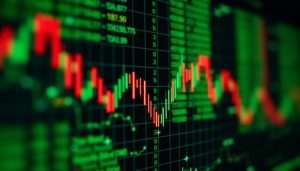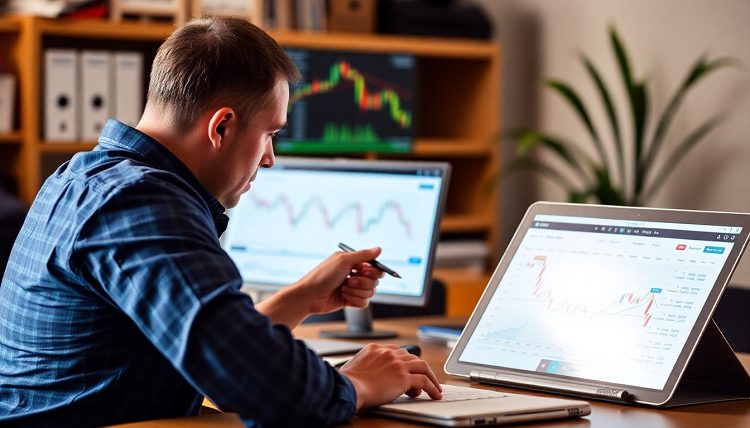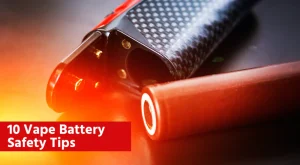Traders today face a critical choice between manually executing trades or deploying automated AI systems. This decision impacts everything from daily time commitment to long-term profitability. While finding the best trading bot might seem ideal, automated systems aren’t universally superior to human judgment—each approach offers distinct advantages for specific trader profiles and market conditions. This comparison examines the operational distinctions between these approaches to clarify which might serve your trading objectives most effectively.

The Fundamentals of Manual Trading
Manual trading places full control in the trader’s hands through direct market engagement. Traders personally analyze charts, indicators, and market conditions before executing positions, with real-time adjustment capabilities as markets evolve. This hands-on approach enables nuanced decision-making but demands significant time commitment and emotional discipline.
The cognitive capabilities humans bring to trading create distinctive advantages. Pattern recognition skills developed through experience can identify subtle market shifts before they appear in technical indicators. Contextual judgment allows traders to weight information differently based on current market conditions rather than following rigid rules.
The AI Trading Bot Approach
AI trading bots operate through clearly defined systematic processes:
- Algorithms continuously scan markets using predetermined parameters to identify potential signals.
- Trade execution happens automatically when specific conditions align with programmed criteria.
- Position management follows strict rule-based guidelines for profit targets, stop-losses, and risk allocation.
- Performance tracking generates detailed metrics to evaluate strategy effectiveness across various market conditions.
Modern trading automation encompasses multiple technological approaches, from simple rule-based systems to sophisticated machine learning algorithms that identify complex patterns from historical data to predict future price movements.
Performance Comparison: Speed and Efficiency
The execution velocity gap between humans and algorithms creates significant performance divergence. AI bots execute trades in microseconds after signal generation, while manual traders typically require 5-30 seconds minimum. During market-moving news events, automated systems can establish positions before prices fully reflect new information.
Information processing capacity creates another fundamental distinction. Algorithms simultaneously monitor hundreds of markets, timeframes, and indicators without performance degradation. Correlation analysis across multiple asset classes happens continuously, identifying intermarket relationships humans might overlook.
Psychological Factors and Emotional Control
Human psychology creates persistent challenges for manual traders. Fear often triggers premature position exits during normal market fluctuations, while greed frequently causes position overextension or profit target adjustment, violating risk management principles.
Automated systems maintain unwavering execution discipline. Trading rules get applied identically regardless of recent performance or market volatility. Position sizing remains mathematically consistent rather than expanding after winners or contracting after losses.
Adaptability to Market Changes
Manual trading excels during transitional market periods:
- Experienced traders recognize regime changes before sufficient data exists for algorithmic confirmation.
- Discretionary judgment allows immediate strategy adjustments when markets behave unusually.
- Unexpected news events receive contextual interpretation rather than triggering predefined responses.
- Emerging trends get identified through imperfect but early signals before establishing statistically significant patterns.
Automated strategies face challenges with changing conditions. Fixed parameters optimized for specific market environments often underperform when those conditions change. Strategy decay occurs as markets adapt to widely-used algorithmic approaches, reducing their effectiveness over time.
Risk Management Approaches
Algorithmic systems implement mathematically precise risk parameters with position sizing following exact percentage-based rules relative to account equity. Correlation limits automatically prevent excessive exposure to related market risks.
Human risk assessment incorporates nuanced contextual evaluation. Traders dynamically adjust position sizing based on conviction level and perceived opportunity quality. Risk exposure gets reduced preemptively before major economic announcements or during unusual market behavior.
Time and Cost Considerations
Human trading demands substantial ongoing time investment, typically requiring 2-4 hours daily for active traders across preparation, execution, and review. Position monitoring needs regular attention during market hours, limiting other activities.
Automated trading dramatically reduces active management requirements:
- Strategy monitoring typically requires 15-30 minutes daily rather than continuous attention.
- System checks and performance reviews can happen weekly rather than hourly.
- Vacation and personal commitments no longer conflict with trading activities.
- Focus shifts to periodic system optimization rather than daily execution decisions.
The Hybrid Approach
Strategic integration of human judgment with algorithmic execution creates synergistic benefits. Humans set strategic direction and parameter boundaries while algorithms handle precise execution. Systems identify statistical opportunities which traders then filter through contextual judgment before deployment.
Practical hybrid implementation requires clearly defined roles with specific metrics triggering human review of algorithmic decisions during unusual conditions. This approach maintains algorithmic consistency during normal operations while preserving human oversight for exceptional circumstances.
Matching Your Trading Style to the Right Approach
Self-Assessment Questions
Determine your optimal approach by evaluating:
- Do you excel at pattern recognition and intuitive market analysis, or prefer systematic rule-based approaches?
- Can you commit several hours daily to active trading, or need a more time-efficient solution?
- Do emotions consistently impact your trading decisions despite your best efforts at discipline?
- Do you have programming skills or resources to develop/maintain algorithmic systems?
- Does your trading frequency and volume justify the investment in automated infrastructure?
These answers reveal whether your personal strengths align better with manual, automated, or hybrid trading methodologies.
Trading Goals and Strategy Alignment
Different trading objectives naturally align with specific approaches:
- High-frequency strategies capturing small price movements benefit from algorithmic execution speed and cost efficiency.
- Fundamental value investing leverages human judgment for qualitative factor assessment beyond quantitative metrics.
- Trend-following strategies work effectively through algorithmic implementation with minimal human intervention.
- Volatility trading during market transitions often performs better with discretionary human management.
- Swing trading strategies spanning multiple days can succeed with both approaches, though automated systems offer better work-life balance.
Market-Specific Considerations
The optimal approach varies significantly across different market segments:
- Cryptocurrency markets operating 24/7 favor automated systems that don’t require sleep or continuous monitoring.
- Traditional equity markets with defined hours might better accommodate manual trading for those who can dedicate trading-hour attention.
- Forex markets with overnight positions benefit from automated risk management during your sleeping hours.
- Options markets often require nuanced judgment about implied volatility factors that sophisticated algorithms can now evaluate.
Experience Level Matching
Your trading experience should influence your automation approach:
- Beginners often benefit from manual trading first to understand market mechanics before automation.
- Intermediate traders might implement simple automation for routine aspects while maintaining manual oversight.
- Advanced traders typically develop customized hybrid systems leveraging their market knowledge with technological efficiency.
- Professional traders often operate multiple specialized systems targeting different market inefficiencies simultaneously.
The optimal trading approach evolves with your experience, technical capabilities, and changing life circumstances. Many successful traders begin with manual execution to develop market understanding, gradually introduce automation for efficiency, and ultimately create personalized systems combining technological advantages with their unique market insights.






